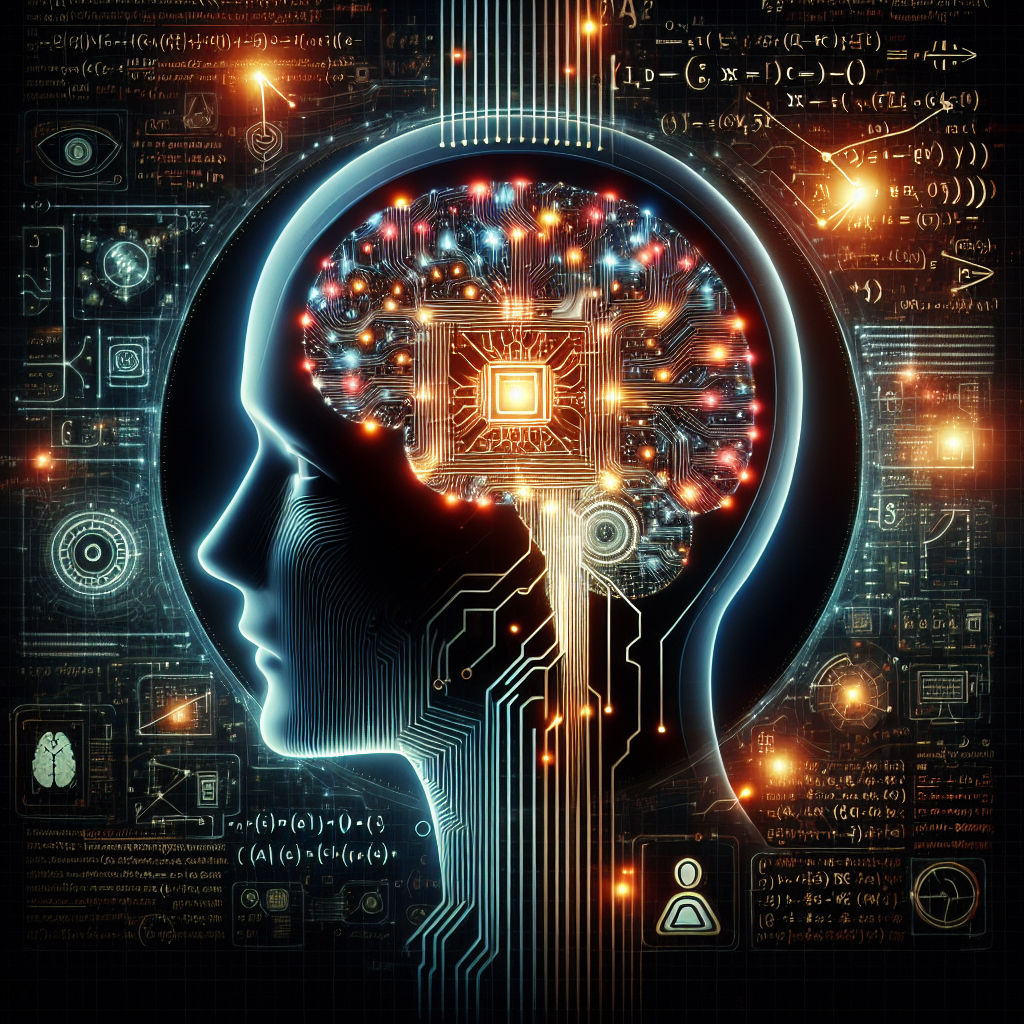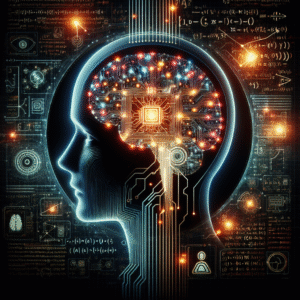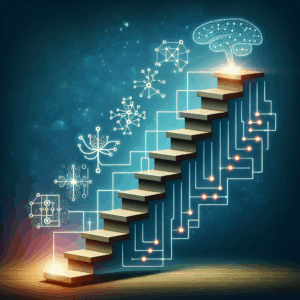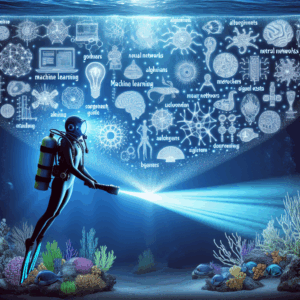Artificial Intelligence (AI) represents one of the most fascinating and rapidly evolving fields in technology today. From virtual assistants like Siri and Alexa to autonomous vehicles and advanced diagnostics in healthcare, AI’s reach is expanding. But how do these machines learn and adapt? Delving into the mind of a machine reveals a complex interplay of algorithms, data, and computing power.
The Foundations of AI Learning
At its core, AI learning is modeled on the human cognitive process. It involves acquiring knowledge through experience, storing information, and using it to make informed decisions. While human learning is nuanced and multifaceted, AI learning can be divided into several key components: data, algorithms, and models.
Data: The Lifeblood of AI
Data is fundamental to AI. Machines require vast amounts of data to learn effectively. This data can be anything from text and images to numbers and sounds. For instance, to train an AI model in image recognition, thousands of labeled images are fed into the system. The more data available, the more accurately an AI can learn patterns and make predictions.
Data quality is essential, too. Clean, well-organized, and relevant data leads to better learning outcomes. This is why data preprocessing, which includes cleaning and transforming data, is crucial in AI development.
Algorithms: The Recipe for Learning
Algorithms are the step-by-step instructions that guide AI in processing data. They are the backbone of AI’s function and learning ability. Different algorithms are used for different tasks, such as classification, regression, clustering, and decision-making.
For instance, decision trees and support vector machines help in classification tasks, while linear regression is used for making predictions about continuous data. Clustering algorithms like K-means group similar data points together, enabling the identification of patterns or structures in data.
Models: The Learner
Once data is processed through algorithms, the result is a model. A model is essentially a representation of what the AI has learned. It can predict outcomes based on new data input. Over time, models can be refined to enhance their accuracy, often requiring retraining with updated data.
Deep learning models, a subset of machine learning, have revolutionized AI by using neural networks, which mimic the human brain’s structure. These networks consist of layers of nodes, where each node is a mathematical function. Deep learning models are particularly good at handling complex tasks such as image and speech recognition.
The Learning Process
AI learning can be classified into three main types: supervised learning, unsupervised learning, and reinforcement learning.
Supervised Learning
In supervised learning, models are trained on a labeled dataset, meaning each data point is tagged with the correct output. The model learns to map input data to the correct output, similar to how a student might use flashcards for study.
For example, a supervised learning model might be trained to identify cats in images. Each image in the training set is labeled as either “cat” or “not a cat.” The model uses this information to learn and, ideally, generalizes to correctly classify unseen images.
Unsupervised Learning
Unsupervised learning, on the other hand, deals with unlabeled data. Here, the AI must identify patterns and relationships within the data without being guided by pre-assigned labels. Techniques such as clustering and association are commonly used.
For instance, an unsupervised learning algorithm might analyze customer data to find natural groupings or segments, helping businesses understand different customer profiles without prior knowledge.
Reinforcement Learning
Reinforcement learning is inspired by behavioral psychology, where an agent learns to make decisions by performing certain actions and receiving rewards or penalties. The AI aims to maximize cumulative rewards and thus learns optimal behaviors.
A practical application of this is in game playing. An AI can learn to play a video game by trying different actions, earning points for successful moves, and optimizing its strategy over time to achieve higher scores.
Adaptation: The Changing Machine
Adapting is a crucial aspect of AI, allowing machines to evolve based on new information or environments. Real-time data and feedback loops enable AI systems to adjust their models dynamically.
Continuous Learning
Unlike static systems, AI can engage in continuous learning where models are continuously updated as new data becomes available. This is particularly valuable in applications like fraud detection in finance where patterns may change rapidly.
Transfer Learning
Another method of adaptation is transfer learning, where a model developed for one task is reused as the starting point for another task. An AI system trained to identify vehicles might leverage this knowledge to identify different types of vehicles, requiring less data and computational resources.
Limitations and Challenges
Despite its capabilities, AI learning and adaptation come with challenges. Bias in training data can lead to biased models, impacting decision-making processes. Additionally, AI models require significant computational power, raising concerns about energy consumption and environmental impact.
Furthermore, the black-box nature of some AI models, especially deep learning networks, can make it difficult to understand their decision-making process. This opacity can be problematic in critical areas like healthcare or legal systems where explainability is crucial.
The Future of AI Learning
The future of AI learning is poised for remarkable advancements. Techniques such as federated learning, which enables models to learn collaboratively from decentralized data, promise to maintain privacy while improving accuracy. Quantum computing might further accelerate AI learning by handling complex computations more efficiently.
Ethical considerations will also shape the future. Developing fair, unbiased, and explainable AI systems will be a priority as the reliance on AI in decision-making continues to grow.
In conclusion, the journey into the mind of a machine reveals a dynamic interplay of data, algorithms, and adaptation that drives the learning process of AI. As technology advances, AI’s ability to learn and adapt will continue to evolve, offering even more innovative solutions to complex problems across various domains. The continued exploration of AI’s learning mechanisms will undoubtedly unlock new potentials, transforming industries and everyday life.




